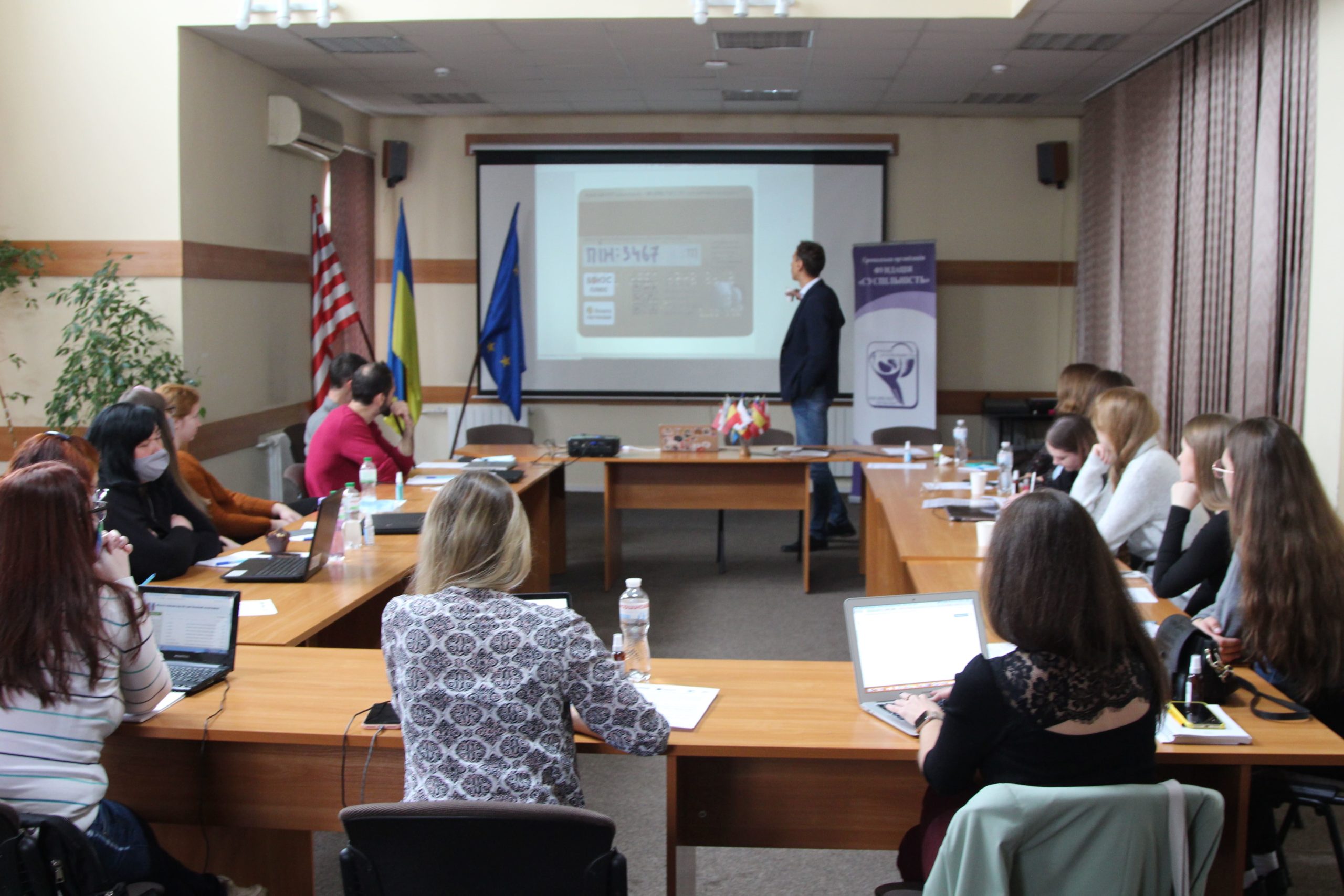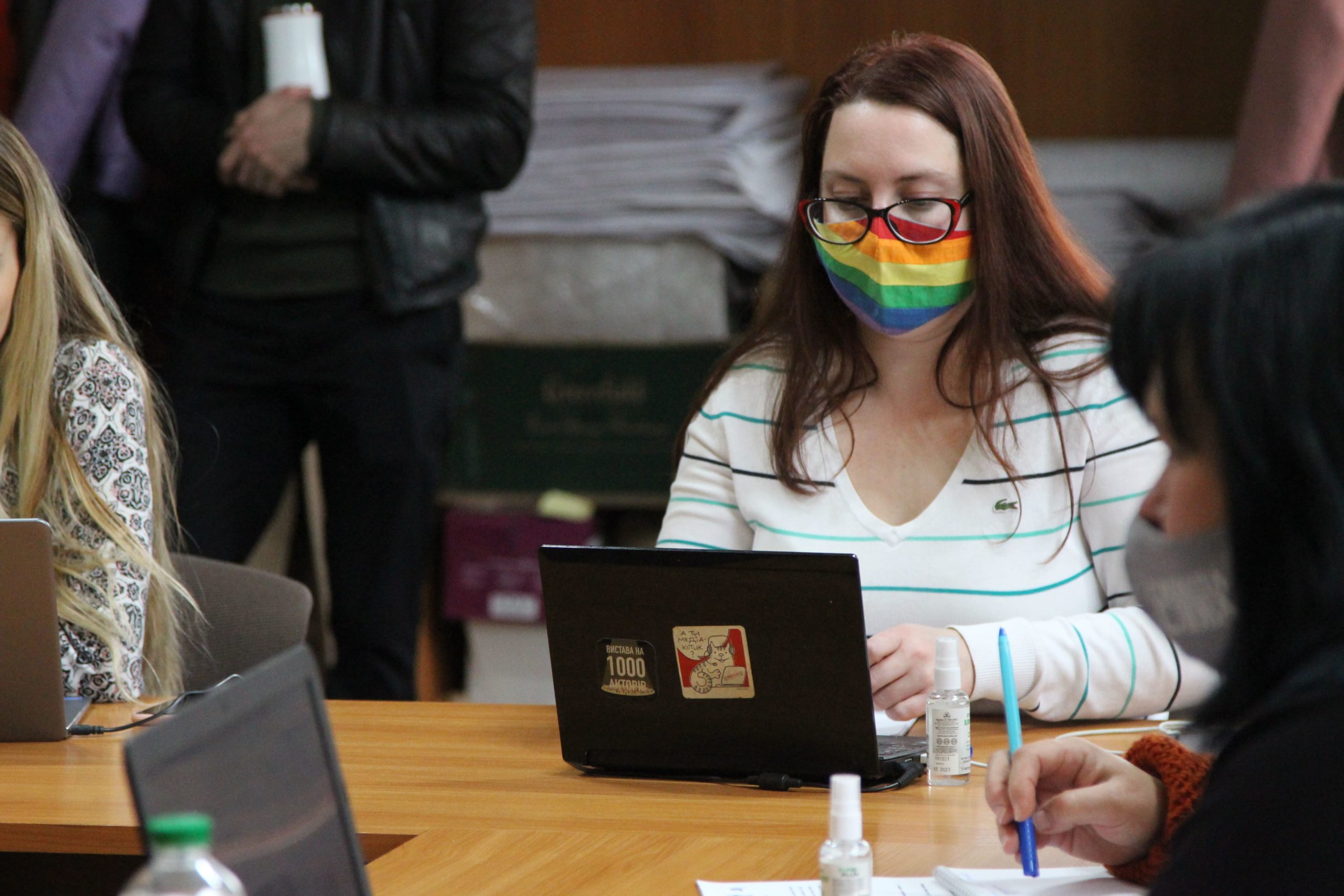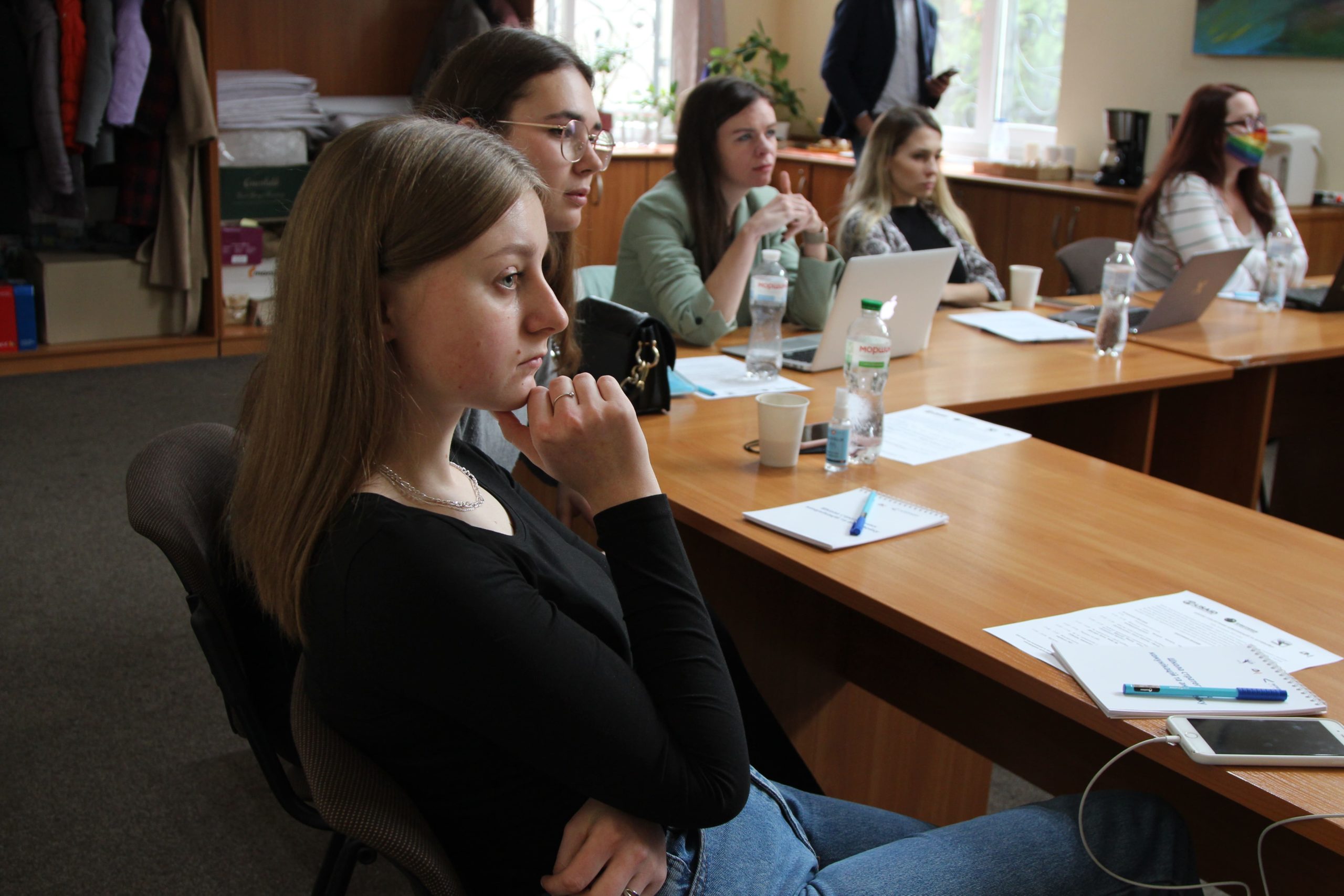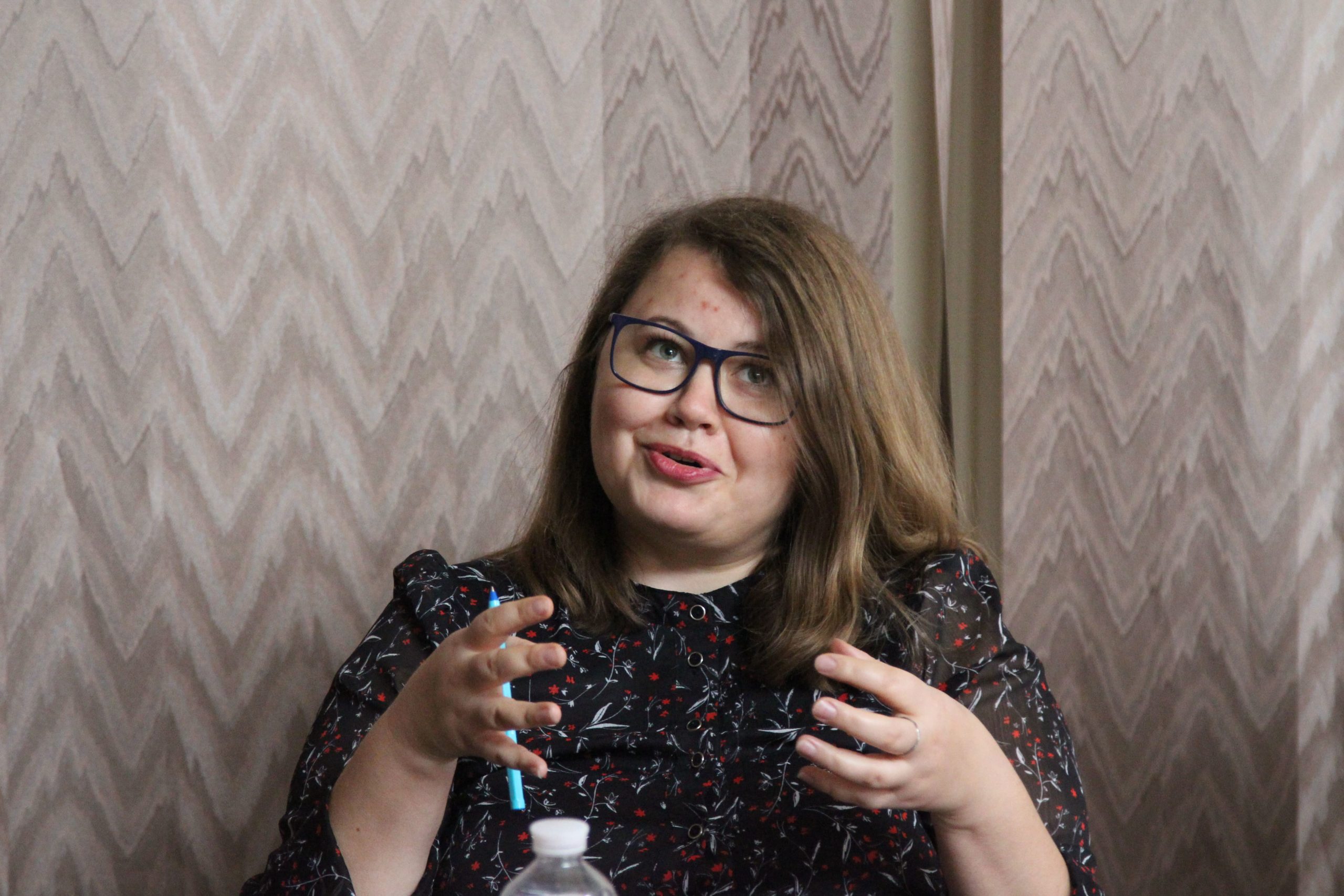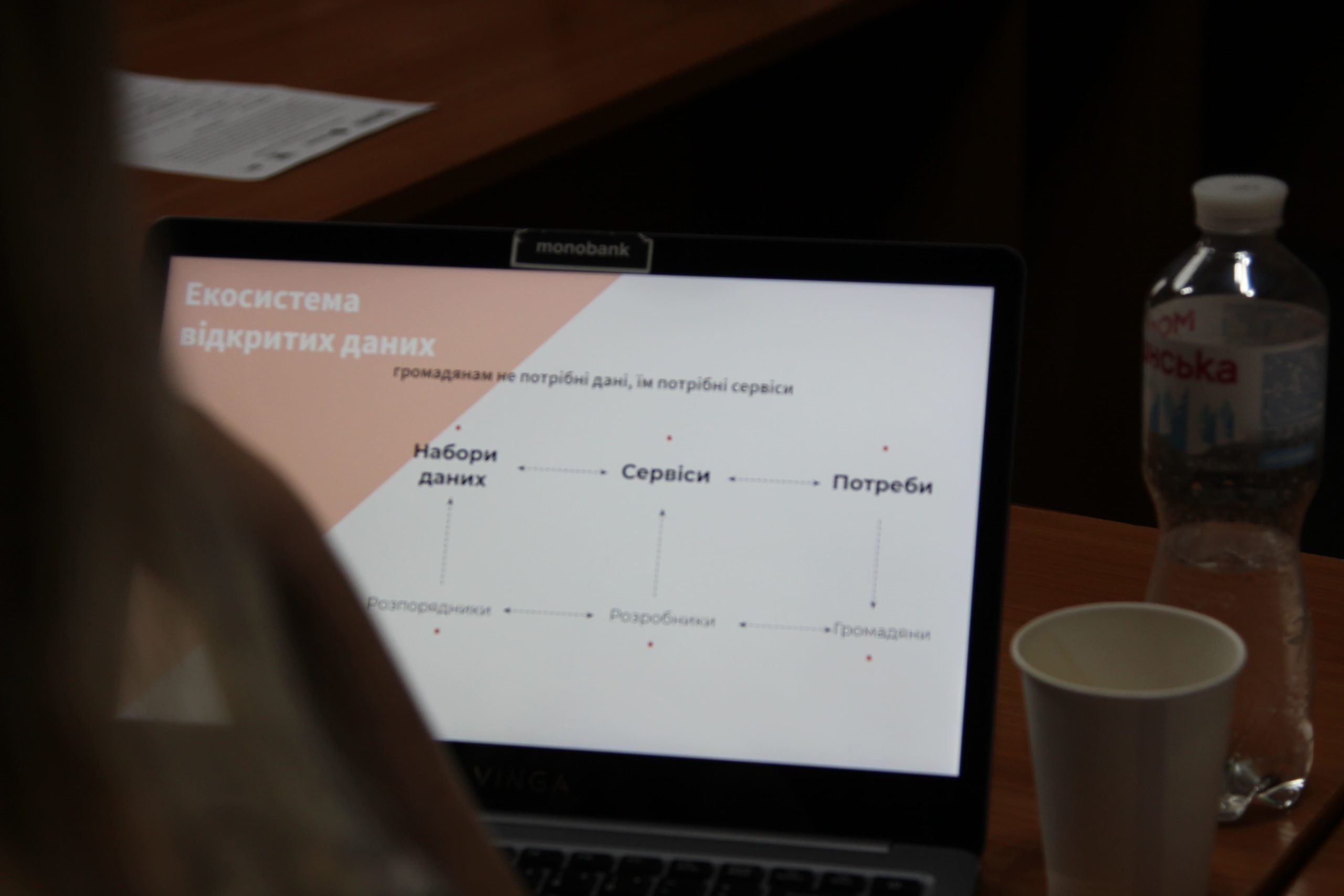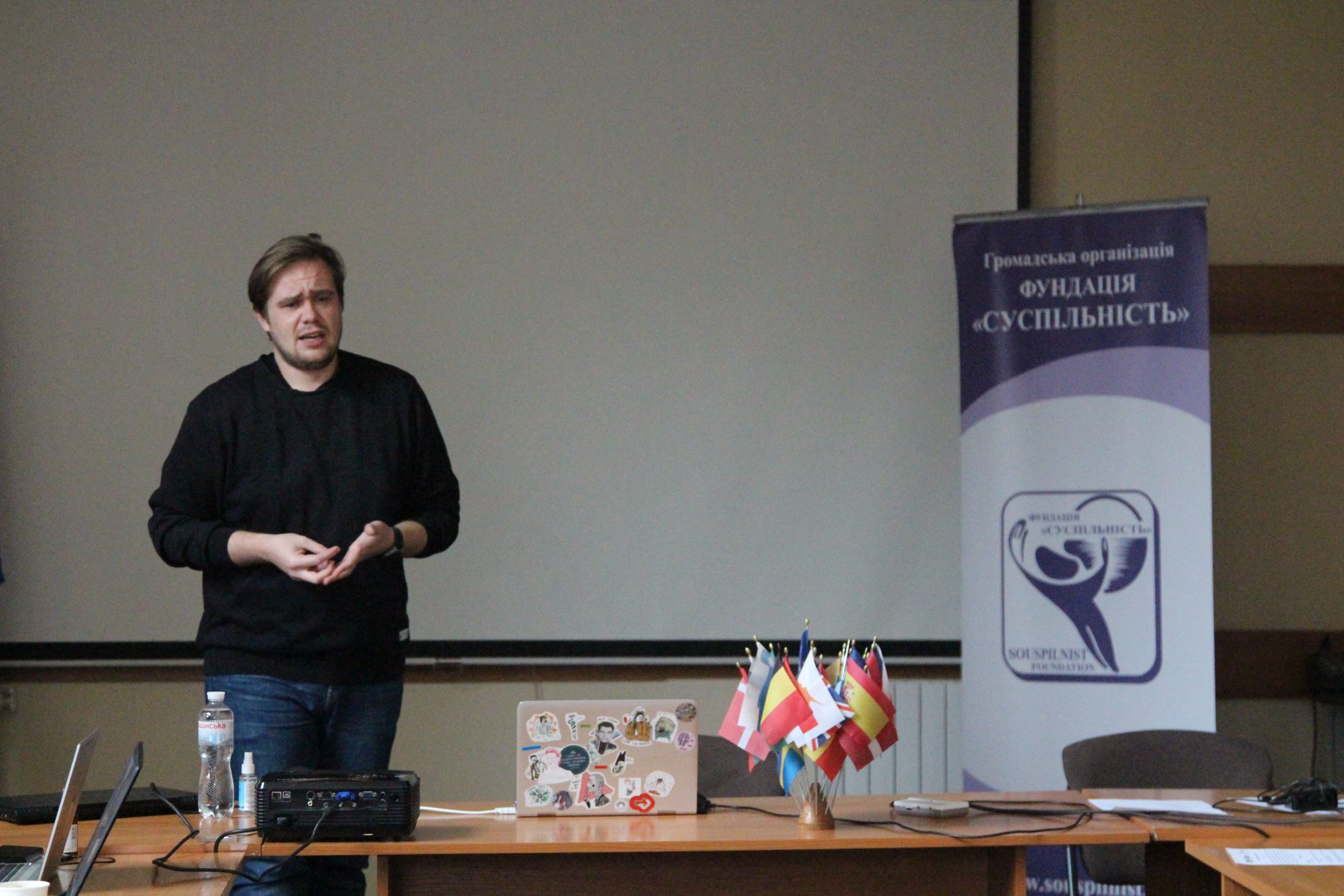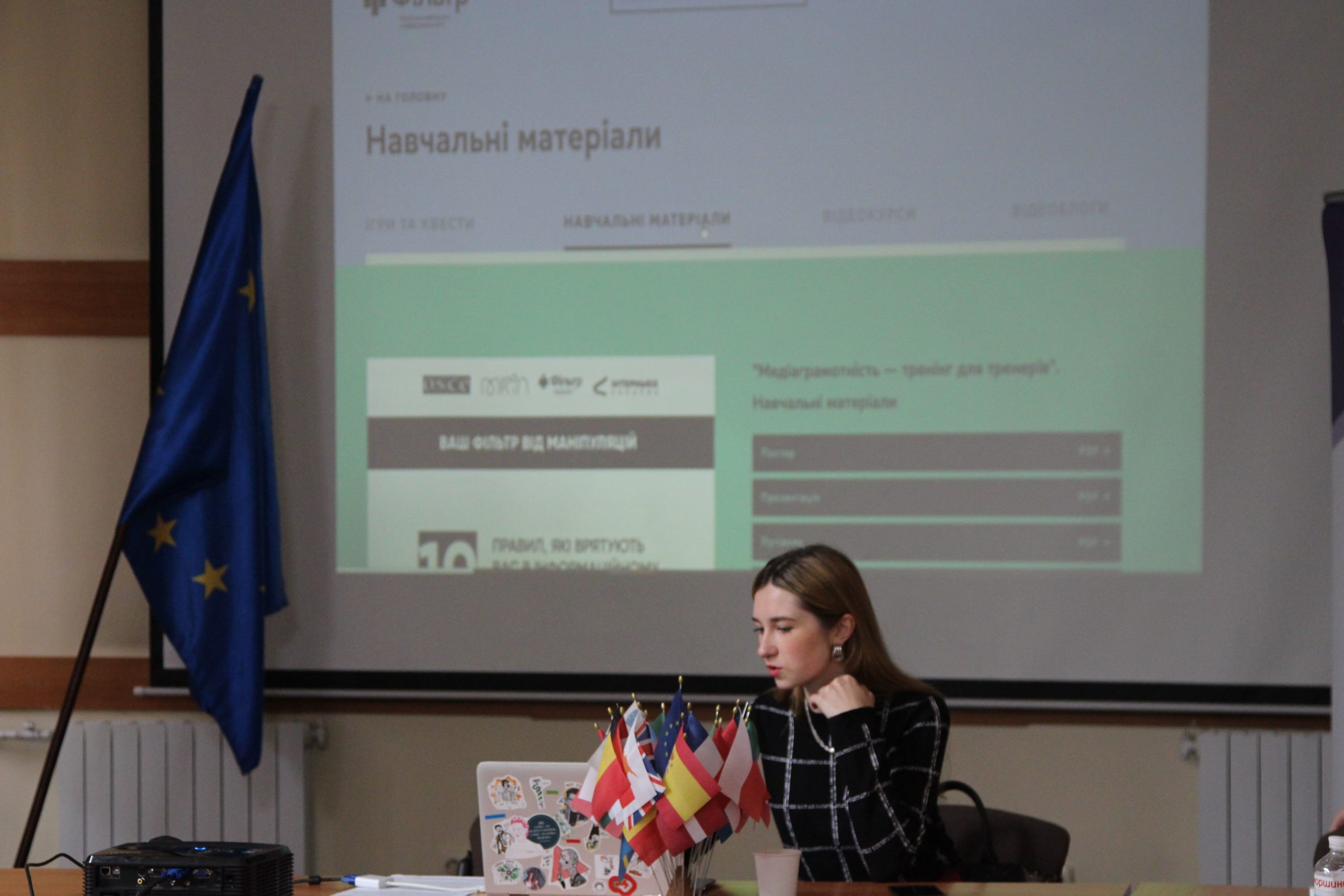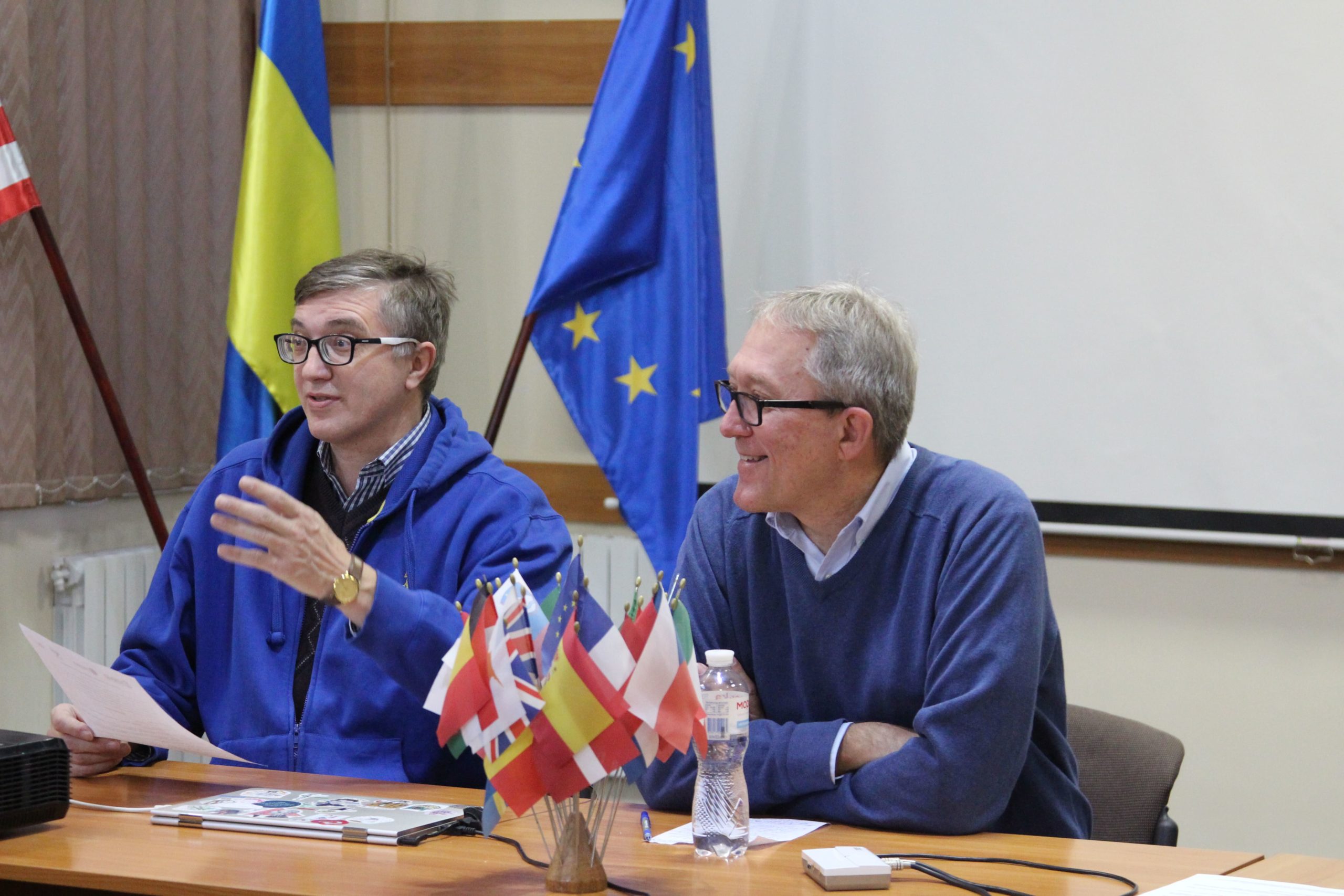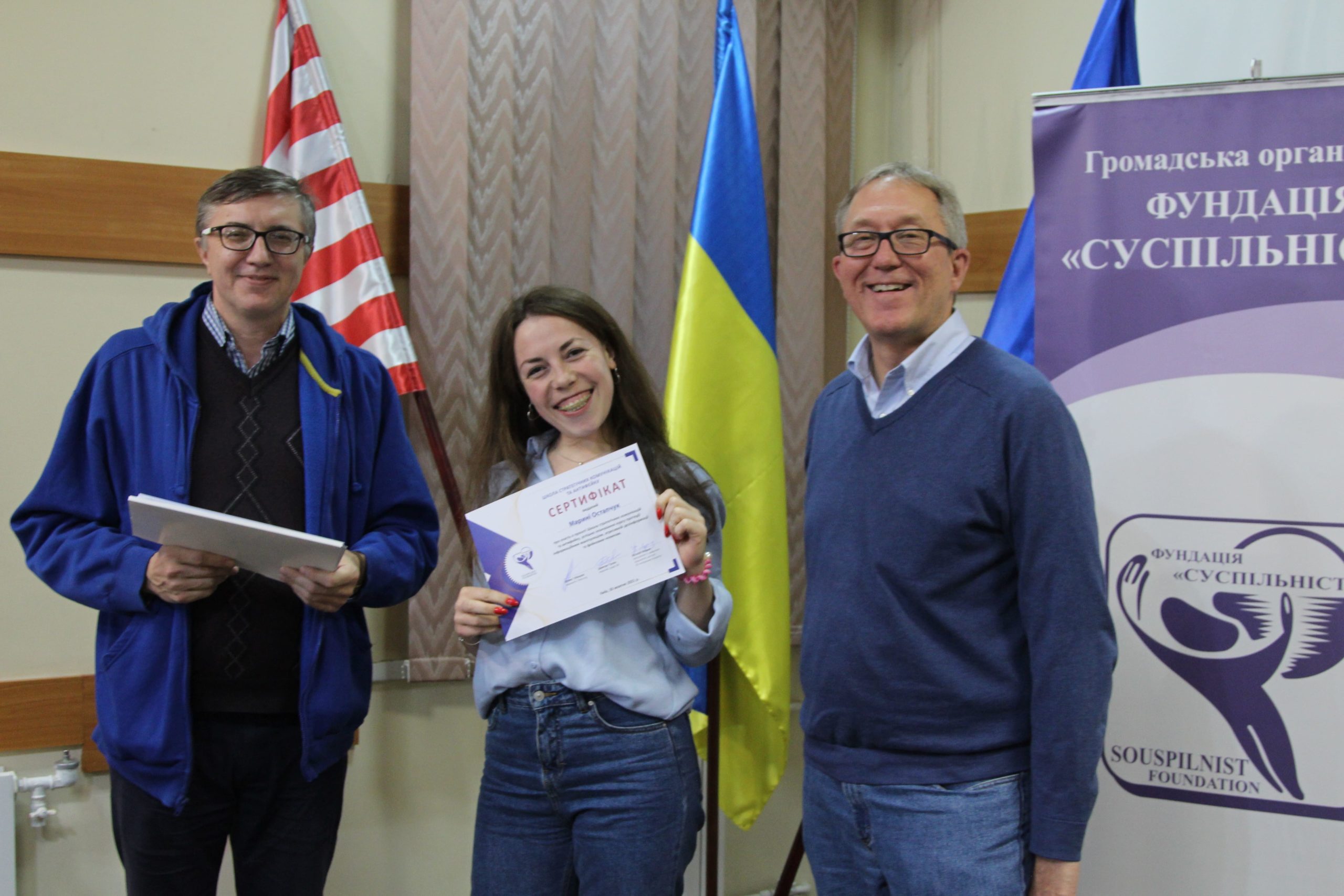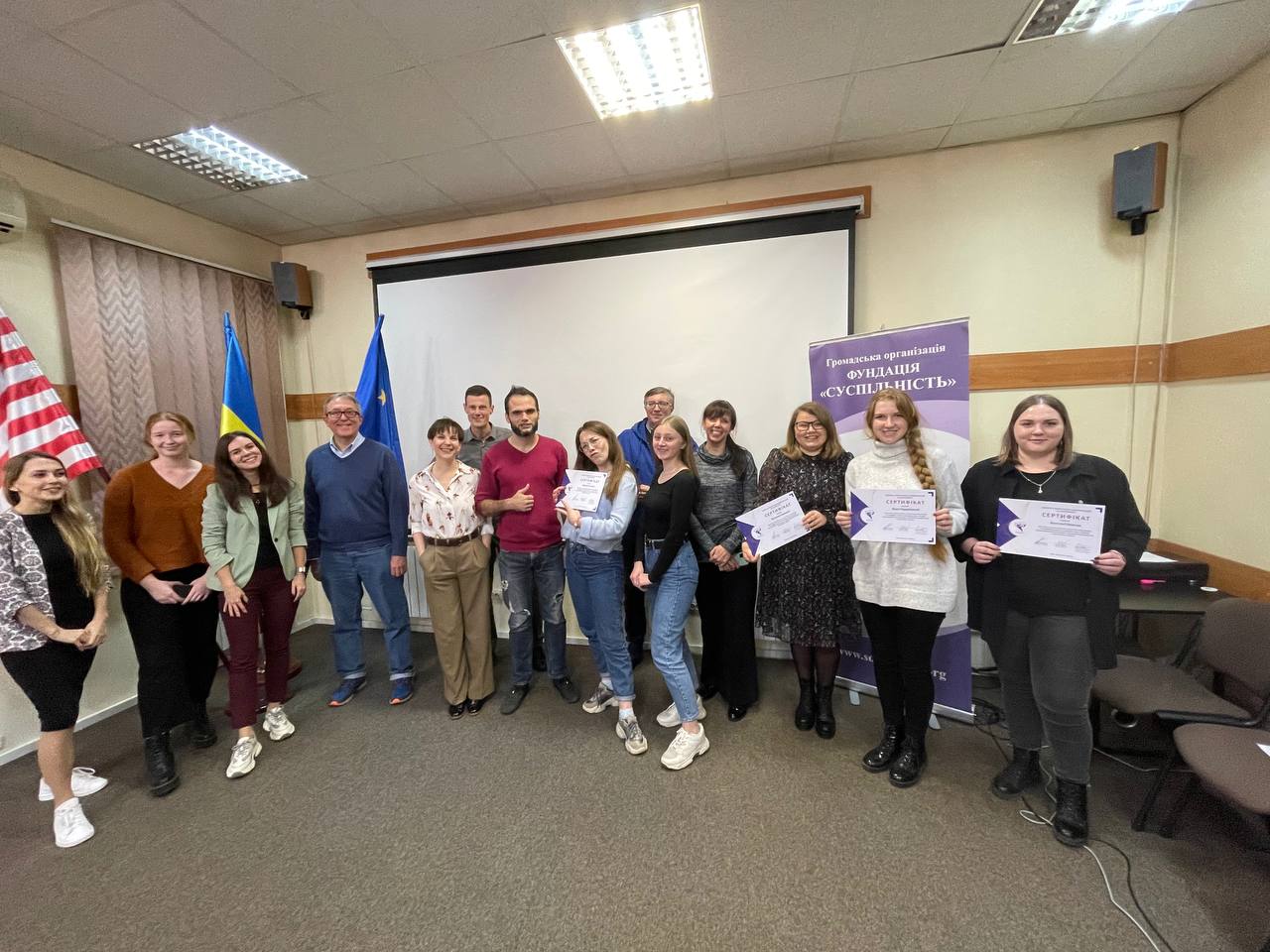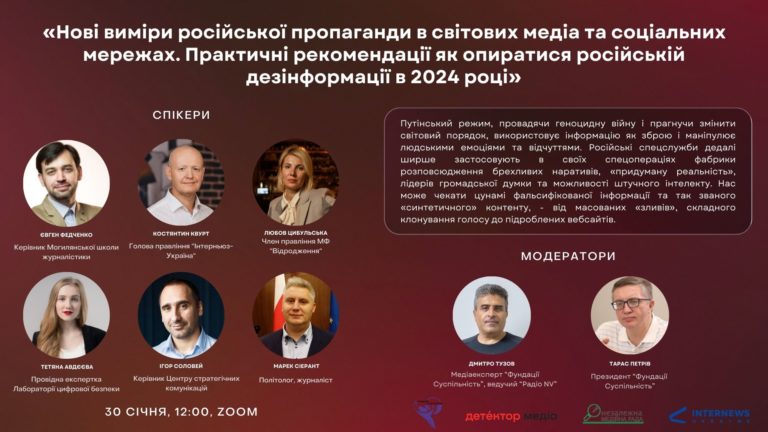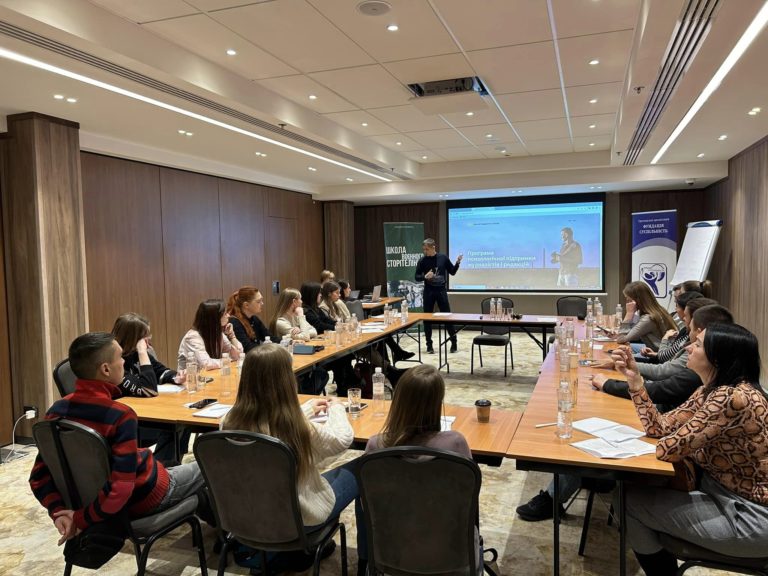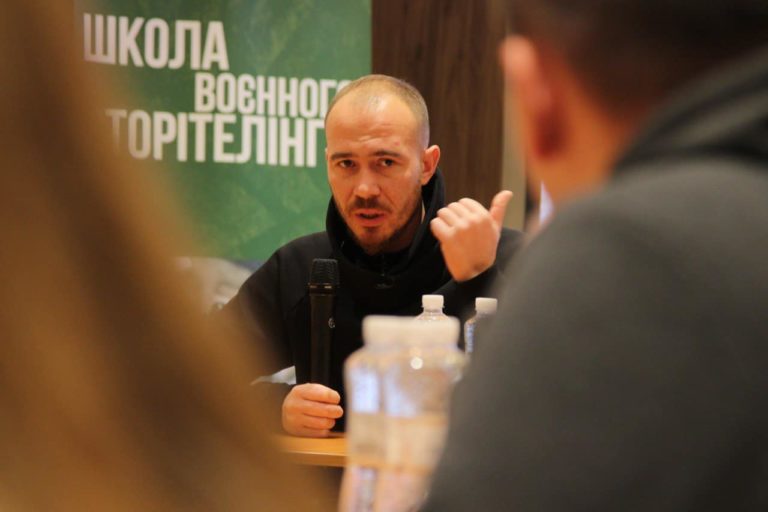During the School’s session on October 30, the participants learned how to counter information manipulation, aggressive disinformation and fake news; how to avoid being trapped by a vast array of news, and fact-check information promptly and correctly from open sources.
Participating in the intensive workshop were media workers from different regions of the country. Sharing their experience and knowledge were Vitaliy Moroz, digital technology consultant and expert at NGO Internews Ukraine, Dmytro Tuzov, NV Radio host, and Denys Hubashov, a journalist at Texty.org and open data policy implementation consultant.
During the training workshop, Vitaliy Moroz spoke about journalistic work and social networks – what journalists should know about digital security.
According to studies, Ukrainian are increasingly using the Internet as their “main source” of information and news. Over two-thirds of respondents use social media for news. That’s what makes journalists’ knowledge about digital security top of the agenda.
We should move away from the concept that technology is something IT specialists engage in at the office. These days, journalists should have a good understanding of technology – it’s part of your competence. Professionalism is also defined by whether you can process a large array of data, fact-check information; whether you can work with visualizations, edit photos, etc., noted Vitaliy Moroz.
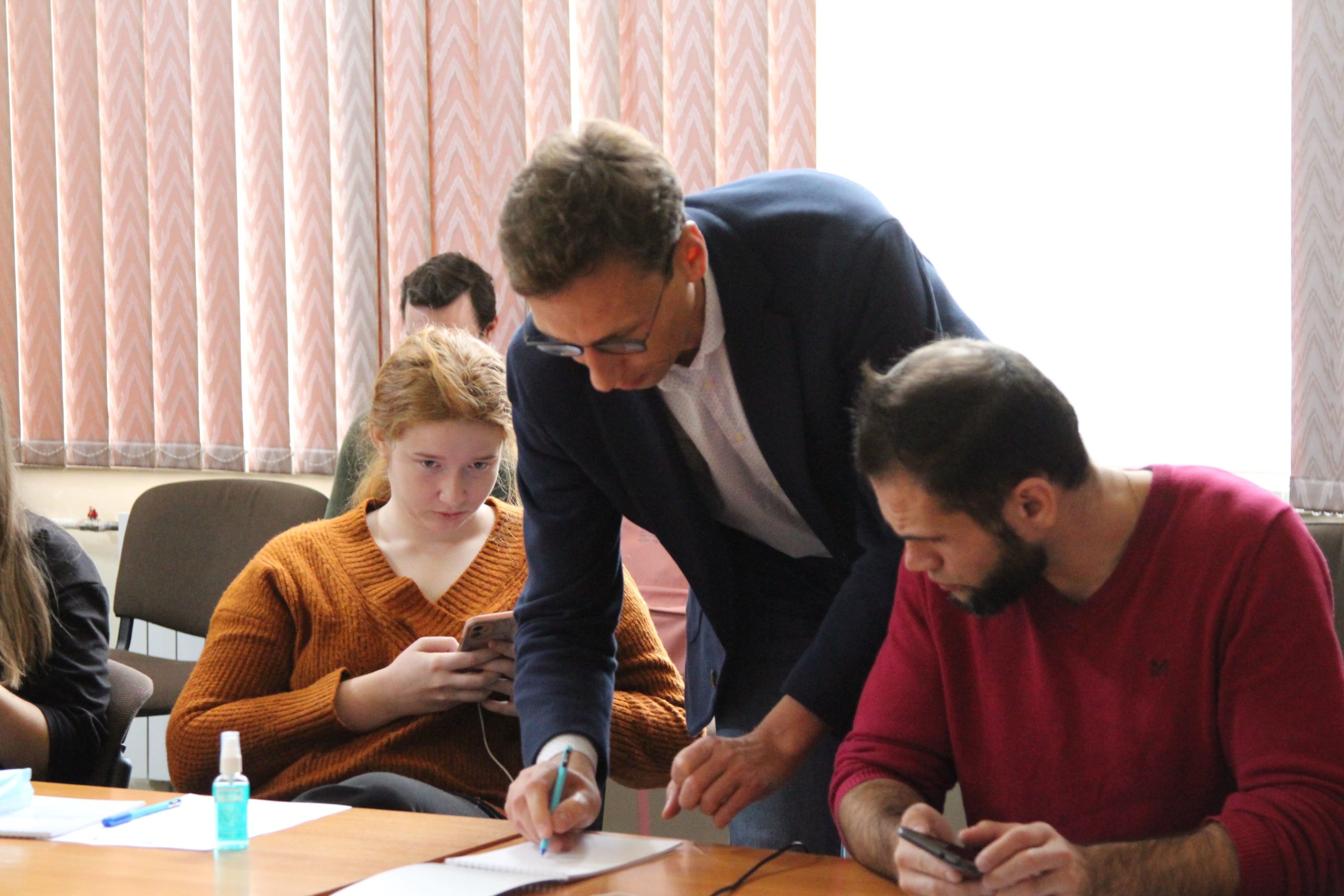
The trainer gave the journalists practical advice on how they should verify dubious information in social networks. The following questions serve as markers:
- Does content appeal to emotions?
- Is there a call to action?
- What do I know about the person sharing information?
- Can I trust the person sharing information?
- Am I able to fact check information on my own?
- Can I obtain verification from official sources?
Using real-life examples, Dmytro Tuzov taught journalists how they can counter fake news stories and identify them in their daily work.
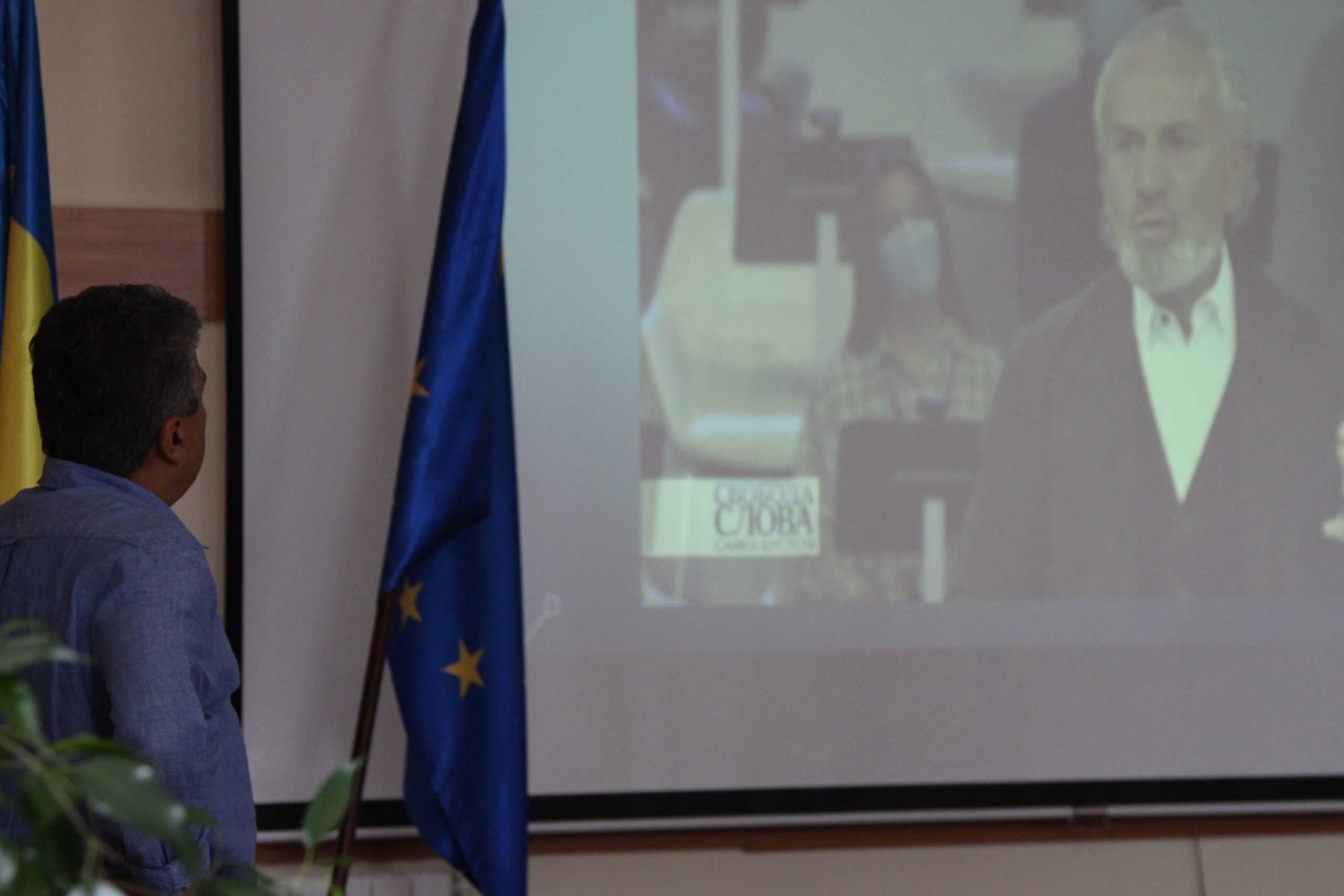
According to the trainer, it gets increasingly hard for journalists to identify false information – they should know how to detect manipulation with definitions, verify information coming both from public officials and social network users, and be able to identify hostile narratives.
My piece of advice is you should record and store facts showing signs of disinformation. It helps evaluate the sources and show people how the technology of disinformation, information manipulation and whipping up panic works. For instance, if, at the beginning of the pandemic, the Russian media “Izvestiya” wrote that Ukraine was getting ready for default, you can show now that there was no default and talk about manipulation being spread to destabilize the public mood on the part of Putin’s propaganda, said Tuzov.
Denys Hubashov told the participants about how to avoid getting trapped by a vast array of information. He specifically spoke about the open data ecosystem, what kind of information and where journalists can get it from, and how to use the obtained data in their work.
The trainer noted that media workers can analyze and make decisions based on open data, visualizing them and creating services and analytical tools – thus providing the audience with structured and complete information, including investigations:
Data journalism includes working with a vast array of information, which requires substantial analysis. But if you know what to look for and where to look for it, you can make a great catch.
Special guests also took part in the School of Strategic Communications and Anti-Fakes.
Valeriia Kovtun, manager of the National Media Literacy Program “Filter”, spoke about the project’s objectives and work, and Adrian Karmazyn, chief of the Ukrainian Service of the Voice of America, shared his international newsroom experience in countering disinformation at the time of the Trump presidency.
Upon completion of the intensive training, the participants traditionally received certificates. Lying ahead is the introduction of new approaches to the newsroom work of Kyiv and regional media outlets.
The intensive workshop for the journalists across the country was organized by Souspilnist Foundation together with NGO Internews Ukraine and with the support of Detector Media.
